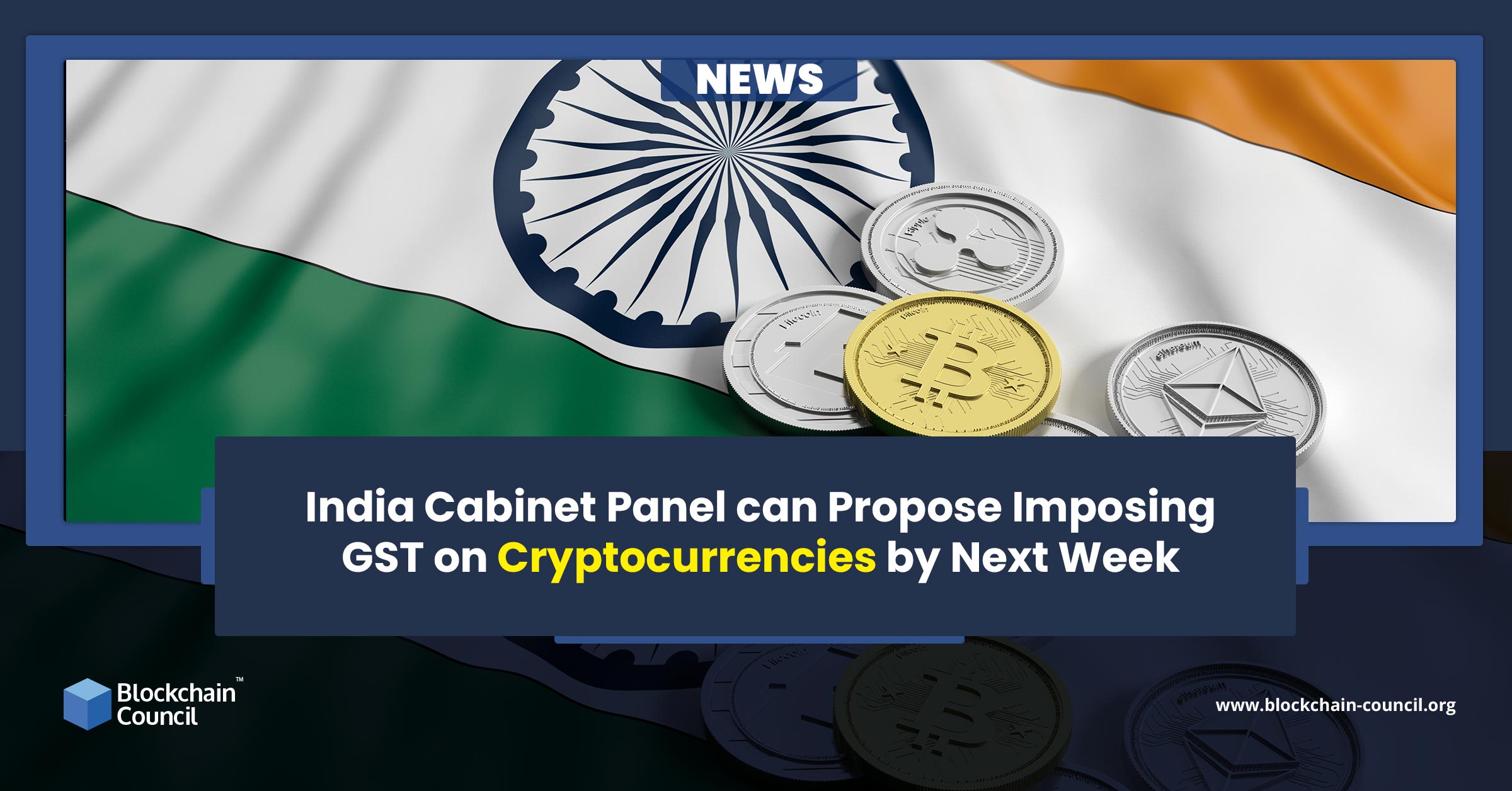
- Blockchain Council
- September 17, 2024
The global entertainment and media industry currently generates a staggering $2.1 trillion in annual revenue. Unfortunately, much of this income is susceptible to significant risks, such as content distribution and royalty payments. Piracy and illegal streaming and downloading of content have caused substantial financial losses for the industry, estimated to reach $51.6 billion by 2022.
Pirated copies of digital music are produced with relative ease, often circumventing the anti-piracy measures implemented to protect the rights of creators. Consequently, royalty payments to artists are only sometimes guaranteed and depend on outdated airtime figures, making it difficult to control content distribution.
That was until now.
Reclaim your power, creators!
With the advent of Blockchain technology, the long-standing challenges of the music industry can be efficiently addressed. This innovative technology creates a secure connection between artists, consumers, and other stakeholders, allowing for greater transparency in the distribution process. It also provides practical solutions for copy protection and royalty programs.
Blockchain offers an encrypted network for digital music that ensures only paid customers can access the content. Leveraging an intelligent contract eliminates the need for a centralized authority to manage payments. This automated process is based on pre-defined logic, and the number of downloads and all transactions are recorded and immutable in the Blockchain network, providing transparency and preserving creators’ copyrights. This system eliminates the possibility of illegal copying, ensuring the integrity of digital music files.
Blockchain – linking artists and content
Blockchain technology allows content creators to cryptographically link their creative works to themselves, making it virtually impossible to plagiarise or illegally transfer ownership. With digital music files, for example, the owner’s information and the time stamp are securely stored on the Blockchain and cannot be altered. Smart contracts can be used to manage the distribution and payment of these works, providing a traceable and transparent system for copyright transfers. In this way, Blockchain technology offers unparalleled protection for the rights of content creators.
Blockchain technology provides creators of intellectual property with a dependable and secure way to monitor and protect their work. This technology can reduce the need for multiple security tools, allowing businesses to focus on more effective marketing strategies. With Blockchain, companies can establish a high level of trust between transaction partners, making it easier to conduct secure transactions. This trust and simplicity of use drive the demand for Blockchain amongst enterprises.
Also read: Blockchain Trilemma: Is It Inevitable With Blockchain?
Blockchain in the media and entertainment industries
The media sector is at the forefront of digital transformation by leveraging the latest technologies to deliver an enhanced user experience. This is achieved through thoughtful data analysis to create meaningful connections with customers and foster a powerful brand image through engaging social media content.
Controlling ownership and distribution is a frequent difficulty in the sector. Web3 apps enable artists to commercialize their work efficiently. Creators may also create an NFT marketplace, use intelligent contracts to profit from future sales and reward early supporters.
Following are some strategies the media sector might use to lessen the difficulties that it now faces:
Security for asset management
The media sector is yet to manage digital content sharing successfully. Creators may use Blockchain apps to authenticate identities, control distribution, and preserve ownership of digital goods.
Generate new income sources
Blockchain allows producers to sell exclusive products as NFTs and keep a percentage of the revenues as the assets are sold in the future. This responsibility extends to streaming, where pay-as-you-go models empower customers while directly rewarding artists.
Fan connectivity
If an artist decides to sell shares in their career at a premiere party, it enables their followers to be a part of the journey and rewards the fans with devotion as the artist’s career grows. It works similarly to a fan club in that numerous parties are committed, ensuring income stays within the creators’ community.
Blockchain integration with Television
Before bogus films make it to the press, Blockchain can evaluate them and delete them. Customers may select the channels they want and pay just for the material they want to see. In a world of streaming, when everything is always available, NFTs may provide exclusivity.
Blockchain technology in film distribution
Blockchain can help with issues such as identification, ownership, and copyright. For example, an actor may like to be compensated based on the success of a film, a studio may wish to appropriately price advertisements and product placements, or authors may want to control access to and ownership of the material.
Music and Blockchain
Napster’s legacy continues in peer-to-peer music file sharing to this day, and a whole industry had to adapt. However, issues with payments, stream monitoring, and money distribution continue. Blockchain technologies such as smart contracts, NFTs, and micropayments may be the ideal answer for this business.
Blockchain’s distinguishing characteristics
Blockchain is a promising technology supported by three main strengths: transparency, immutability, and unsurpassed security. Despite its prominence in the banking industry, Blockchain is a future technology poised to disrupt all verticals with its unique uses. Here are some instances of how Blockchain’s distinct characteristics may be utilized in the media sector.
- Immutability: Aids in resisting censorship.
- Security: Organized data structures lead to high audibility and dependability.
- Transparency: Allows all users to see the ledger information.
- Resistance: Prevents data alteration and the elimination of information asymmetry.
- Invulnerable: Because blockchains are dispersed, hackers and other hostile actors do not have a point of failure or exploitation vector.
The advantages of Blockchain in media and entertainment
The music industry is still mostly run on legacy technologies and outmoded business models designed when songs were primarily delivered offline and not put on the internet. Only a few rivals have kept up with digitalization and now monopolized the streaming sector, limiting artists’ earnings.
Actors working in the entertainment sector will be able to profit from the public Ethereum platform’s open and decentralized character in the following ways:
- Reduced intellectual property violation
- Content that has been disintermediated by industry middlemen
- All copywritten assets will be directly monetized via smart contracts and peer-to-peer micropayments.
The widespread digital piracy, fraudulent copies, and infringements of studio intellectual property cost the US film and television industry an estimated $71 billion yearly. Utilizing the power of Enterprise Ethereum, creators can now digitize the metadata of their unique content and securely store their intellectual property rights on an immutable, time-stamped ledger. Blockchain technology, with its append-only structure, also provides creators with a powerful tool to legally enforce their rights in the event of any infringement.
As we look forward, we must consider Blockchain’s role in driving progress and enabling us to navigate the rapidly evolving media landscape. The media industry, in particular, can harness and gain tremendously from the power of Blockchain and verge towards a promising future.
News Source: TimesofIndia
If you want to keep up with the trends of blockchain industry, join our communities on Discord, Reddit and Telegram.





































































 Guides
Guides News
News Blockchain
Blockchain Cryptocurrency
& Digital Assets
Cryptocurrency
& Digital Assets Web3
Web3 Metaverse & NFTs
Metaverse & NFTs
